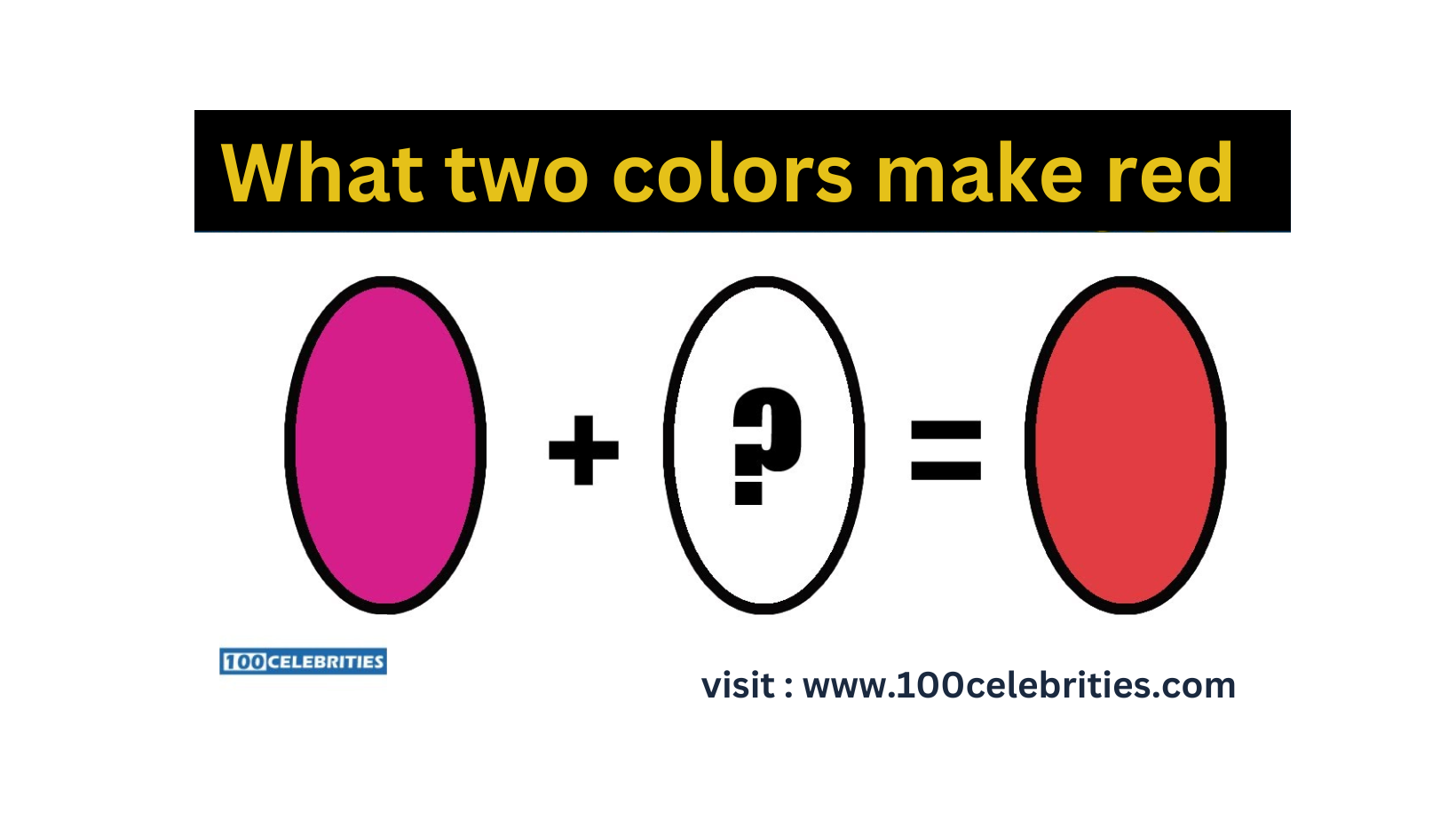Colors are the building blocks of art, design, and our visual world. Understanding how colors interact and blend is essential for artists, designers, and anyone interested in the fascinating realm of color theory. In this blog post, we'll explore the age-old question: What two colors make red?
The Basics of Color Mixing
Before we dive into the world of color combinations, it's essential to grasp the fundamentals of color mixing. In traditional color theory, there are primary colors, secondary colors, and tertiary colors. The primary colors are the foundation upon which all other colors are built. They are:
Red
Blue
Yellow
These primary colors cannot be created by mixing other colors. Instead, they serve as the starting point for creating a wide range of colors.
Subtractive Color Mixing
Subtractive color mixing, also known as pigment mixing, is commonly used in traditional art and design. In this model, colors are created by mixing pigments. When we mix two primary colors, we get a secondary color. The subtractive color mixing model includes the following primary and secondary color relationships:
Red + Blue = Purple
Blue + Yellow = Green
Yellow + Red = Orange
However, as you can see, none of these combinations result in the color red. This is because red is already a primary color in the subtractive color model, and it cannot be created by mixing other colors. So, if you want to make red in a subtractive color system, you simply use red.
Additive Color Mixing
Additive color mixing is commonly used in digital media, displays, and lighting. In this model, colors are created by adding different wavelengths of light together. The primary colors in the additive color model are:
Red: A primary color emitting red light.
Green: A primary color emitting green light.
Blue: A primary color emitting blue light.
When you mix different combinations of these primary colors in additive color mixing, you can achieve various colors, including red. In this model:
Red + Green = Yellow
Green + Blue = Cyan
Blue + Red = Magenta
Here, red can be created by mixing light from the green and blue primary colors, making it one of the two colors that make red.
Practical Applications of Color Mixing
Understanding how to create different shades and tints of red is essential for artists, designers, and anyone working with colors. For example, blending red with a small amount of black can create darker shades of red, while mixing it with white can produce lighter tints. Adjusting the balance between red and other colors like yellow, orange, or blue allows for the creation of unique and customized shades of red, tailored to the specific needs of a project.
Digital Tools for Color Mixing
In today's digital age, various tools are available to experiment with color mixing without the need for physical pigments. Graphic design software and online color palette generators make it easy to select and mix colors to achieve the exact shade of red or any other color you desire. This digital flexibility opens up new creative possibilities for designers and artists.
In Conclusion
The answer to the question "What two colors make red?" depends on the color model you are working with. In the subtractive (pigment mixing) model, red is a primary color that cannot be created by mixing others. However, in the additive (light mixing) model, red can be produced by combining green and blue.
